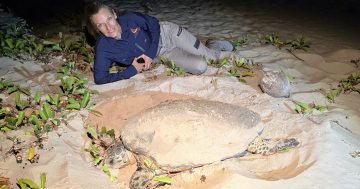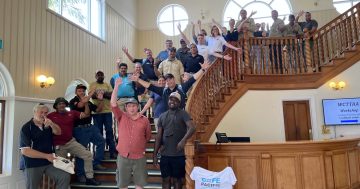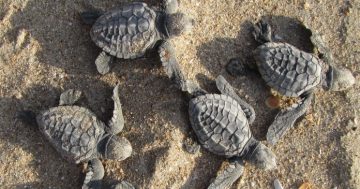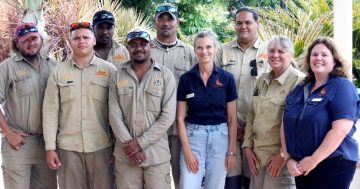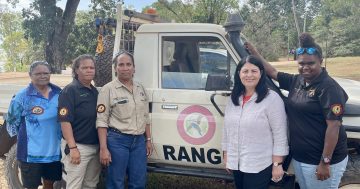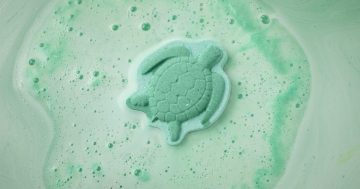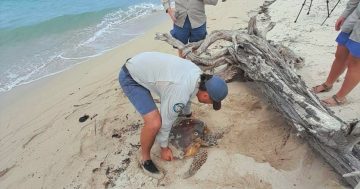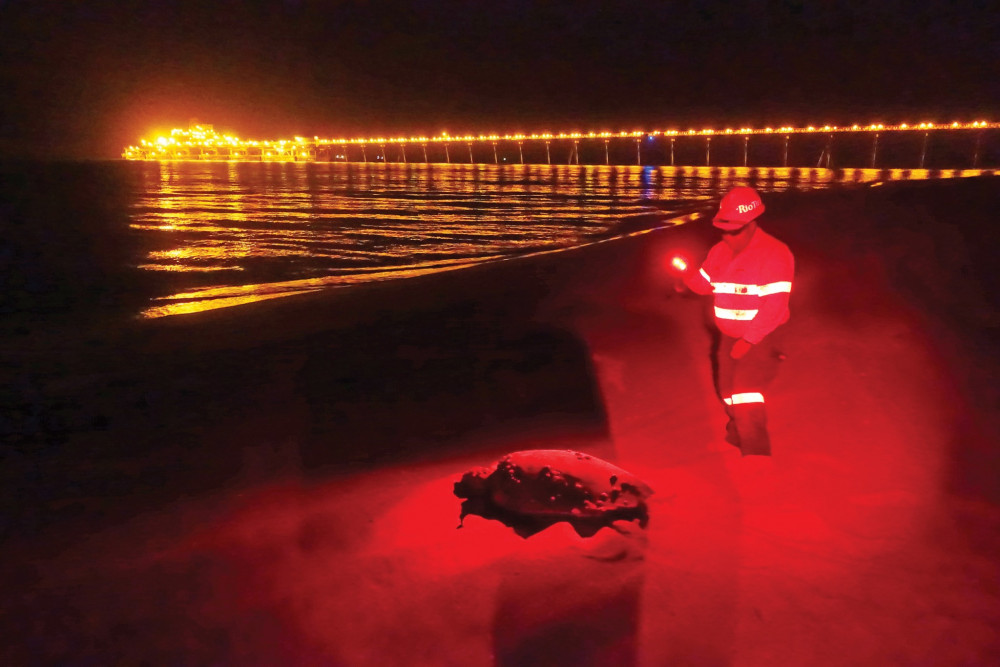
MINING companies don’t usually get linked with positive environmental outcomes, but that’s exactly what has happened at Rio Tinto’s Amrun bauxite mine in Cape York.
A dedicated effort to kill feral pigs in the areas around Weipa and Aurukun has resulted in an explosion of turtle hatchings on the beaches around the mine.
When Rio Tinto first began monitoring turtle hatchings along the beaches near Amrun, there was just one successful hatching in 2016.
Following a targeted effort to reduce the number of feral pigs in the area, that number has risen each year, with up to 100 nest hatchings expected in 2020.
“By reducing the number of feral pigs we have made a significant and positive impact on the increase in turtle hatchlings,” said Rio Tinto Weipa’s land and sea management coordinator Linda Wells.
“Our ongoing monitoring and data collection shows that there has been an increase from just one hatched turtle nest in 2016 to 61 hatched nests in 2019.
“In 2020 we recorded the earliest hatchings to date, which is a good indication of success.”
As the odds for most sea turtle hatchlings surviving to adulthood are estimated to be one in a thousand, helping to improve hatching success is vital.
At Weipa, feral pigs were responsible for approximately 90 per cent of predation that occurred – including eggs and hatchlings – prior to the implementation of Rio Tinto’s programs.
Ms Wells, who is a marine scientist, said the land and sea management team included Wik-Waya Traditional Owners, who had undergone ongoing training and development.
Some of the work includes identifying turtle nests and collecting data, such as GPS point, species, track widths and using infrared cameras to monitor and record data about predation and the effectiveness of programs.
Predation, habitat degradation, competition and disease transmission by feral pigs is listed as a key threatening process under the Commonwealth’s Environment Protection and Biodiversity Conservation Act.
Four species of sea turtles nest on the Weipa beaches: green, hawksbill, flatback – which are vulnerable – and the olive ridley turtle, which is endangered.
The Rio Tinto Weipa team monitors around 60km of beaches around its mine leases, both north and south of the Embley River. The company also works with local ranger groups.


